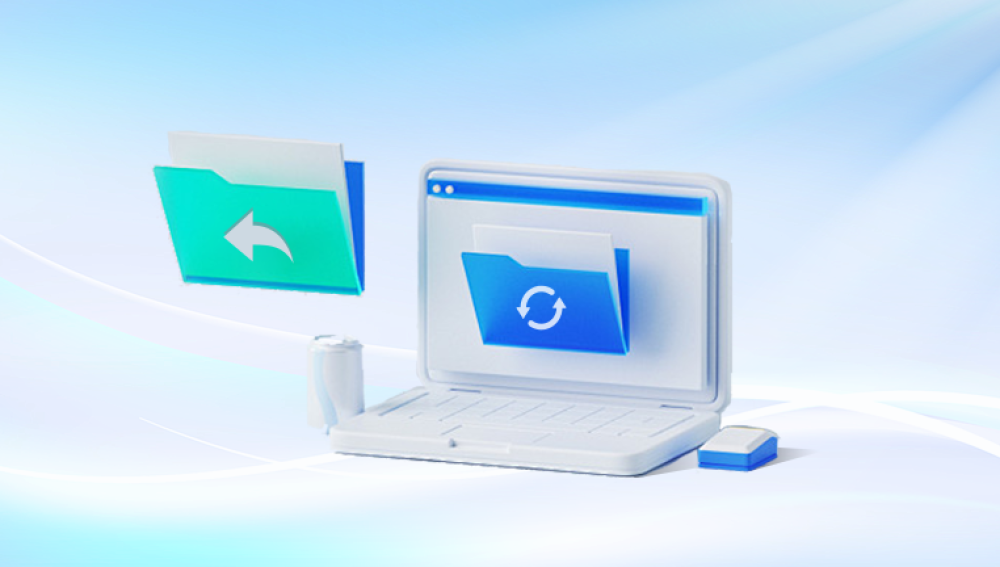Photos and videos capture our most treasured memories and important moments. Losing them whether from accidental deletion, formatting, corruption, or device failure can feel devastating.
Chapter 1: Common Causes of Lost Photos and Videos
1.1 Accidental Deletion
The most common cause of lost media. Files deleted intentionally or by mistake can sometimes be recovered from Recycle Bin or Trash if not permanently deleted.
1.2 Formatting Storage Media
Formatting erases the file system index but not the actual data, so recovery is often possible unless overwritten.
1.3 Corrupted File Systems
Sudden power loss, improper ejecting of storage media, or virus attacks can corrupt the file system and make photos/videos inaccessible.

1.4 Device Malfunction or Physical Damage
Damaged cameras, smartphones, or storage devices due to drops, water, or wear can lead to media loss.
1.5 Software or App Errors
Glitches during file transfer or bugs in apps can result in missing or corrupted files.
1.6 Virus or Malware Infection
Malicious software can delete, hide, or encrypt files.
Chapter 2: First Steps to Take After Photo or Video Loss
2.1 Stop Using the Device Immediately
Continued use may overwrite lost files, making recovery harder or impossible.
2.2 Safely Remove Storage Media
Use safe eject options to avoid further corruption.
2.3 Check Recycle Bin / Trash
Deleted files may still be there for quick restoration.
2.4 Enable Viewing of Hidden Files
Sometimes files are hidden by the system or malware.
2.5 Use Built-In Backup Solutions
Windows File History, macOS Time Machine, Google Photos backup, or iCloud may have copies.
Chapter 3: Recovery Methods for Lost Photos and Videos
3.1 Using Recovery Software
Software tools scan storage media for deleted or lost files and recover them.
3.1.1 Recommended Recovery Tools
Drecov Data Recovery is designed to help you quickly and safely recover lost media files from various storage devices, including memory cards, USB drives, external hard drives, and internal disks.
How Drecov Data Recovery Works for Photos and Videos:
Easy Setup and Connection: Simply connect your storage device (such as an SD card, microSD card, or external drive) to your computer. Launch Drecov Data Recovery, which offers an intuitive interface suitable for beginners and professionals alike.
Thorough Scanning Options: The software provides both quick scans to find recently deleted files and deep scans for more challenging recoveries involving formatted or corrupted devices. This dual approach ensures the highest chance of locating your lost photos and videos.
Wide File Format Support: Panda supports a broad range of photo and video formats, including JPG, PNG, RAW, MP4. AVI, MOV, and many others, making it versatile for different cameras, smartphones, and video devices.
Preview Before Recovery: After scanning, you can preview the recoverable photos and videos to verify their integrity and quality, allowing you to selectively restore only the files you need.
Safe Recovery Process: Recovered files can be saved to a different storage location, preventing overwriting and further data loss.
With its powerful scanning engine, user-friendly design, and extensive device compatibility, Drecov Data Recovery is an excellent choice to restore your lost photos and videos. Acting promptly and following best recovery practices with Panda can help you recover your cherished memories efficiently and effectively.
3.2 Step-by-Step Recovery Using Drecov Data Recovery
Connect Storage Device: Insert memory card or connect USB drive to your computer.
Launch Drecov Data Recovery: Select the device from the drive list.
Choose Scan Mode: Start with quick scan; if no results, use deep scan.
Preview Files: Panda allows previewing photos and videos before recovery.
Select Files: Choose desired files to recover.
Save Files: Always save recovered files to a different drive than the source.
3.3 Using Built-In Operating System Tools
3.3.1 Windows Previous Versions
Right-click folder > Properties > Previous Versions to restore.
3.3.2 macOS Time Machine
Open folder in Finder > Launch Time Machine > Restore lost files.
3.4 Manual Recovery Options
Use Windows chkdsk to fix file system errors.
Use Terminal on Mac for file flag fixes.
Check if files are just hidden and restore attributes.
Chapter 4: Recovering Photos and Videos from Specific Devices
4.1 Memory Cards (SD, microSD, CF Cards)
Use card readers for direct access.
Use recovery software supporting these card types.
Avoid using camera for recovery to prevent overwrite.
4.2 Smartphones (Android & iOS)
Check cloud backups (Google Photos, iCloud).
Use device recovery software (e.g., Dr.Fone).
Avoid using the phone after data loss.
4.3 External Drives and USB Flash Drives
Connect to PC via reliable ports.
Use recovery software designed for external media.
4.4 Internal Hard Drives and SSDs
Use advanced software like R-Studio or EaseUS.
For SSDs, TRIM may limit recoverability — act fast.
Chapter 5: Advanced Recovery Techniques
5.1 RAW Recovery
For corrupted or inaccessible file systems, use RAW recovery modes available in software like Disk Drill and PhotoRec.
5.2 RAID and Network Drive Recovery
Use specialized software like R-Studio that supports RAID and network protocols.
5.3 Professional Recovery Services
For physical damage or complex logical issues, consider professional labs with clean rooms and hardware tools.
Chapter 6: Tips for Maximizing Recovery Success
Stop using affected devices immediately.
Use reliable recovery software from official sources.
Save recovered files to a separate storage location.
Run deep scans if quick scans find nothing.
Try multiple recovery tools if needed.
Backup regularly to reduce risk of loss.
Chapter 7: Preventing Future Photo and Video Loss
7.1 Regular Backups
Use cloud services (Google Photos, iCloud, OneDrive) and external backups.
7.2 Use Quality Storage Media
Invest in reputable brands and replace aging devices.
7.3 Format Properly
Format cards and drives in the device they will be used in.
7.4 Avoid Sudden Ejection
Always safely eject external media.
7.5 Keep Software and Firmware Updated
Protect against bugs and vulnerabilities.
Chapter 8: Frequently Asked Questions
8.1 Can I recover permanently deleted photos/videos?
Yes, if data has not been overwritten.
8.2 Is data recovery software safe?
Yes, when downloaded from official, reputable sources.
8.3 How long does recovery take?
It depends on storage size and scan depth.
Losing photos and videos can be heartbreaking, but with the right knowledge, tools, and timely action, you can often recover your lost memories. From quick checks in your Recycle Bin to using powerful recovery software and professional services, many solutions exist for different scenarios and device types.
Always remember to stop using your device immediately after data loss, use recovery software carefully, and back up your precious media regularly to avoid future loss.




